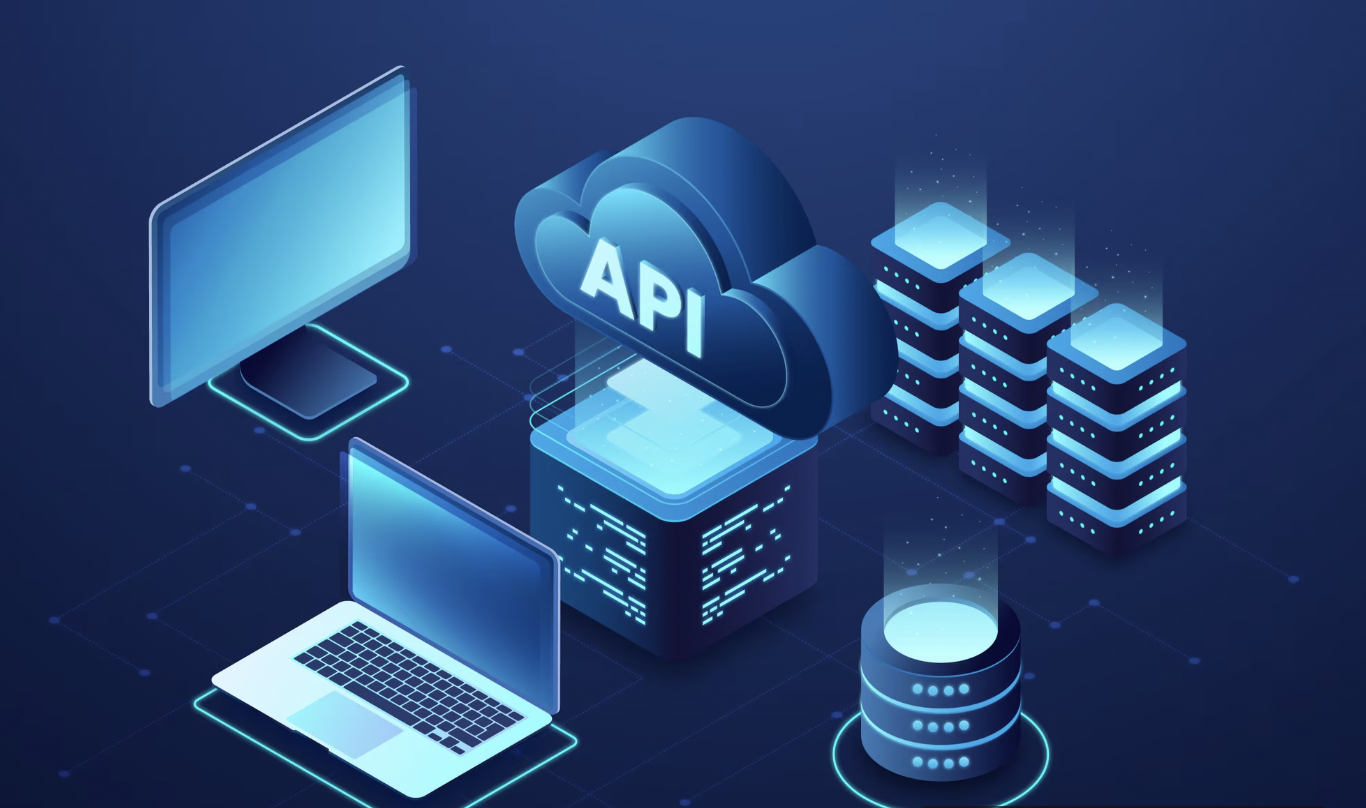Akamai – API Güvenliği için Yönetilen Hizmet
API’ler, mobil uygulamalardan bağlı cihazlara kadar her şeyi destekleyen modern dijital inovasyon için çok önemli bir yerde duruyor. Ancak API’lerin benimsenmesi arttıkça, giderek daha sofistike hale gelen siber saldırılar tarafından istismar edilme riski de artıyor. API’leri korumak artık bir seçenek değil, kritik bir zorunluluk haline geldi.
Modern dijital ekosistemde uygulamalar, sistemler ve kullanıcılar arasındaki etkileşimleri sorunsuz bir şekilde sağlayan birer aracı konumundaki API’ler işletmeler arası hizmetlerin entegrasyonu, gelişmiş dijital deneyimlerin sunulması ve en son teknolojilerin çalıştırılması gibi kritik kullanım senaryolarını desteklerler. Ancak, API’lere artan bağımlılık, saldırı yüzeyini önemli ölçüde genişleterek onları siber suçlular için giderek daha cazip bir hedef haline getirmektedir.
Güvenlik Zorlukları Artan Risklere Yol Açıyor
Kuruluşlar, API’lerini güvence altına almaya çalışırken çok fazla zorlukla başa çıkmak zorunda kalıyor. Siber güvenlik konusunda uzman insan kaynağı eksikliği, ekiplerin API’ye özgü tehditleri etkili bir şekilde izleyip savunmasını zorlaştırıyor.
Bu sorunları daha da karmaşık hale getiren faktörlerden biri de API güvenliği olaylarını araştırmanın ve çözmenin zorluğu. Bu süreç derin alan bilgisi ve önemli kaynaklar gerektiriyor.
Güçlü API güvenliği önlemleri olmadan, kuruluşlar hassas verileri açığa çıkarma, temel hizmetleri aksatma ve müşteri güvenini sarsma riskiyle karşı karşıya kalıyorlar. API’ler inovasyonu yönlendirmede ve iş büyümesini sağlamada kritik bir rol oynadıkça, API güvenliği yalnızca teknik bir gereklilik değil, iş açısından kritik bir önceliktir.
Akamai API Güvenliği için Yönetilen Hizmeti Bu Zorlukları Nasıl Çözüyor?
Akamai’nin API Güvenliği için Yönetilen Hizmeti, güvenlik operasyon merkezinizin bir uzantısı olarak hareket ederek bu zorluklara çözüm sunmak için tasarlanmıştır. Akamai Güvenlik Operasyonları Komuta Merkezi (SOCC) tarafından desteklenen bu MDR çözümü şunları sağlar:
Proaktif izleme: Gelişmiş anomali tespiti, kötü niyetli veya yüksek riskli API etkinliklerini belirleyerek erken müdahaleye olanak tanır.
Olay müdahalesi: API güvenliği konusunda eğitimli analistler güvenlik olaylarını araştırır, azaltma önlemleri, eyleme geçirilebilir öneriler ve kök neden çözümleri sunar.
Ölçeklenebilir koruma: Akamai SOCC’ye 7/24 erişim sayesinde, tehditleri etkili ve verimli bir şekilde azaltmak için gerekli araçlara ve uzmanlığa sahip olursunuz.
İster ekibinizin yeteneklerini geliştirmek ister API güvenliği yönetimini outsource etmek isteyin, Akamai API Güvenliği için Yönetilen Hizmeti, iç kaynaklarınızın inovasyona odaklanmaya devam etmesini sağlarken sizi saldırganların bir adım önünde tutar.
Ana Faydalar
Geniş kapsamlı API koruması — Gelişen ihtiyaçlarınıza uyarlanmış tek bir yönetilen hizmet, genel güvenlik stratejinizle entegre olur ve sisteminiz ile verilerinize yönelik riskleri en aza indirir.
Uzman liderliğinde güvenlik yönetimi — Akamai’nin küresel SOCC ekibi, gelişmiş tehdit istihbaratı ve proaktif olay yönetimi sağlar.
Ölçeklenebilir güvenlik operasyonları — API güvenliği uzmanları, ekibinizin uzmanlığını tamamlayarak savunma yeteneklerinizi güçlendirir.
Daha hızlı olay çözümü — 7/24 izleme, tespit, araştırma ve azaltma süreçlerini hızlandırır (azaltma yalnızca Akamai platformundaki trafik için geçerlidir).
API’lerinizi Birlikte Güvence Altına Alabiliriz
Akamai’nin API Güvenliği için Yönetilen Hizmeti ile kuruluşunuzu nasıl koruyabileceğinizi keşfetmek için bizimle iletişime geçin. Güçlü ve ölçeklenebilir bir savunma stratejisi oluşturarak API’lerinizin ortaya çıkan tehditlere karşı güvenli ve dayanıklı olmasını sağlayalım. Quasys’in deneyimli uzmanlarına info@quasys.com.tr’den her zaman ulaşabilirsiniz.
Kaynak: https://www.akamai.com/blog/security/introducing-akamai-managed-service-for-api-security

